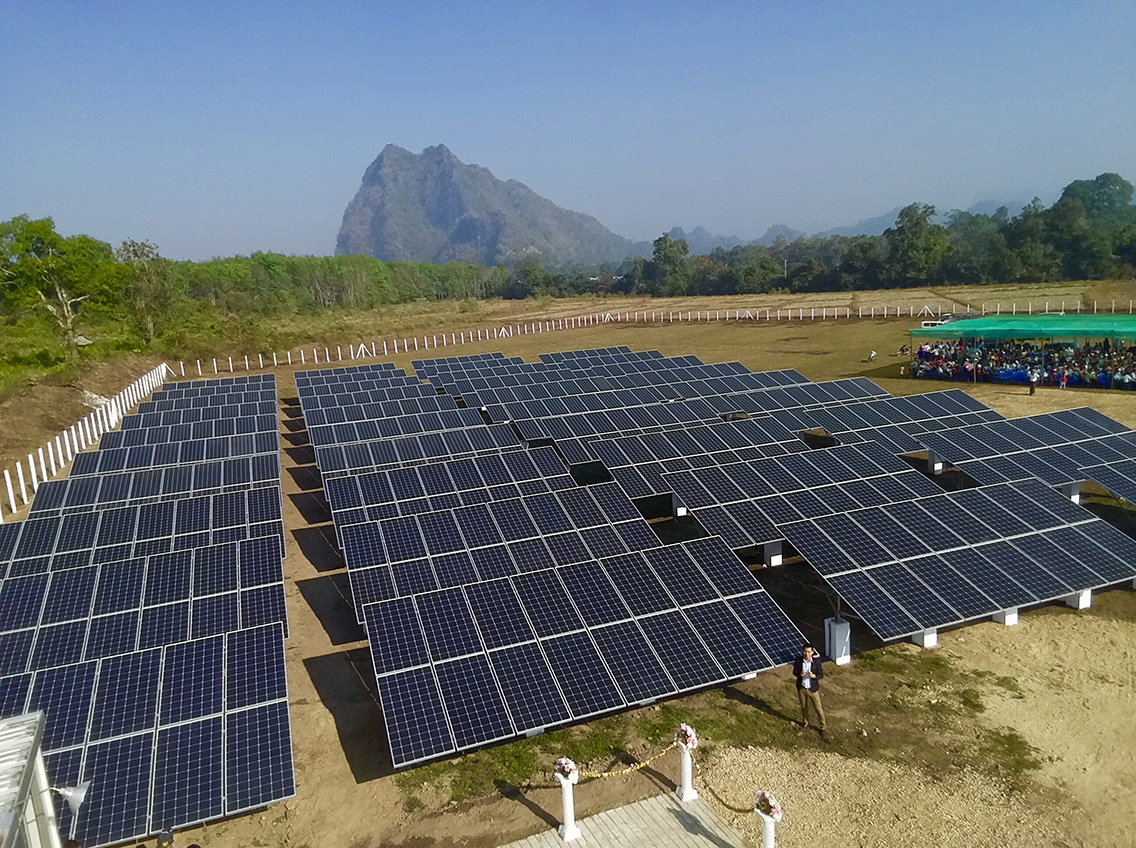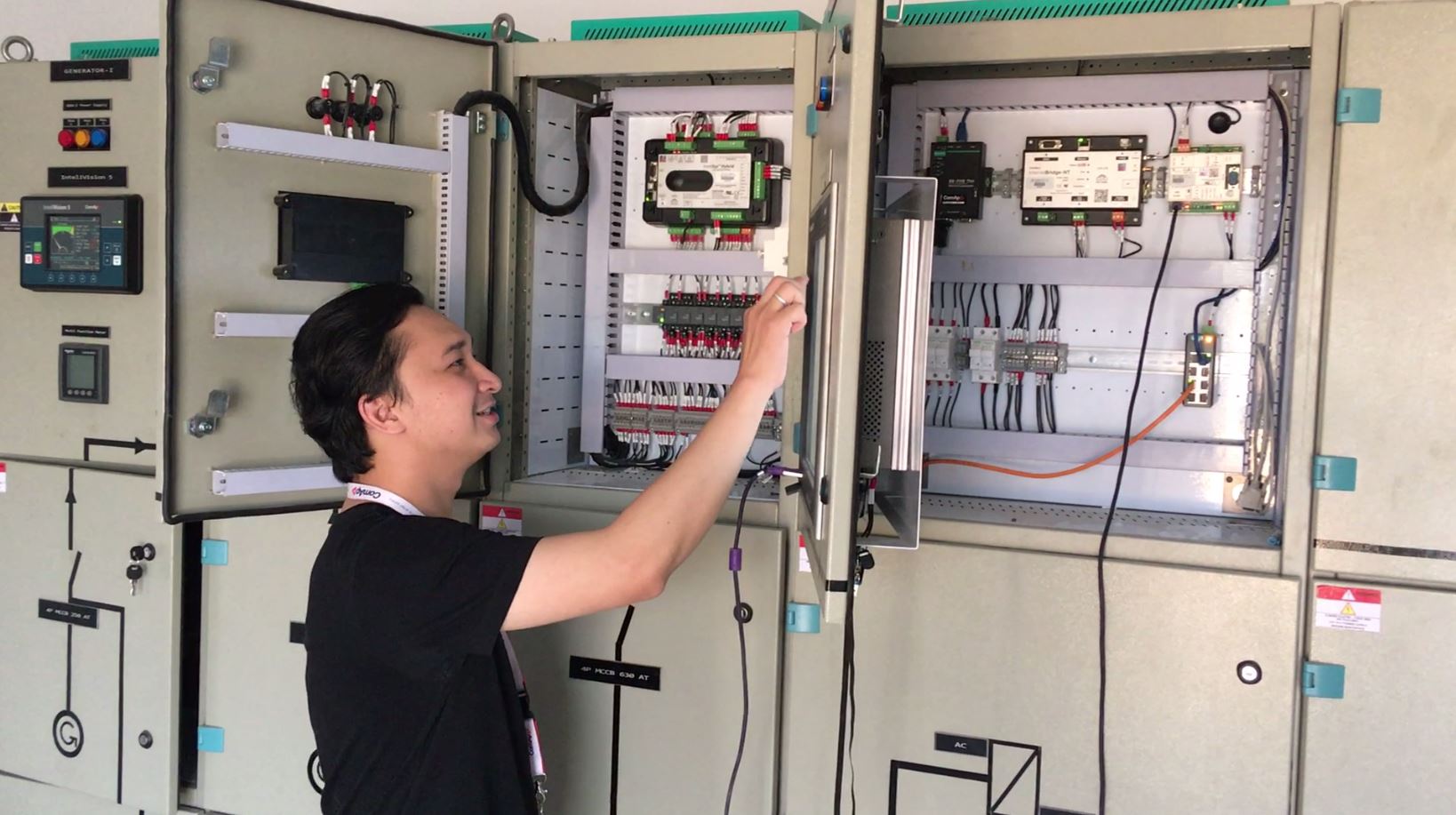Smart controllers ensure reliable, safe, and efficient microgrid power generation and distribution by helping coordinate and optimize system functions with intelligent capabilities. Today they have become an indispensable microgrid operations tool—a reality that is reflected in the market’s rapid expansion.
According to Microgrid Controller – The Global Market Outlook (2017-2026), the segment is expected to grow from $4.67 billion in 2017 to $18.84 billion by 2026, driven by factors such as an increase in government-funded microgrid projects and the global shift towards renewable energy sources.
The segment’s significant growth means that today there are an unprecedented number of companies offering a myriad of technology options. So how does a project developer choose one? We recently spoke to Petra Píclová, Renewable Energy Segment Manager at ComAp about smart microgrid controllers and her recommendations for selecting the best technology to support your system.

Microgrid News (MN): What are some of the important capabilities of microgrid smart controllers?
Petra Píclová (PP): In a PV-diesel hybrid microgrid, smart controllers can help maximize the output from the PV without keeping unnecessary high spinning reserve on gensets. They can prevent diesel gensets from long-term underloading and overloading. On top of that, they help prevent inefficient genset operation due to the neglect of their rated power, running hours, and maintenance intervals. But it’s important that smart control systems reflect the site’s specific features, hence, they should be customized, as there is no universal control algorithm for all sites. Each project is unique. Therefore, each requires a different control scheme design.

MN: What specific benefits do smart microgrid controllers offer?
PP: They offer automatic control. There’s no need for manpower, everything is therefore much faster, smoother, and more efficient. They also provide smart control, meaning that the system continually evaluates all of the variables to set the most appropriate control scenario. Furthermore, they offer incredible visualization so the customer has access to all data – actual values as well as statistics. Flexibility and scalability are also important features in that they enable a system to grow by accommodating future installations of PV or additional gensets.
MN: What factors should engineers and project developers consider when selecting a smart controller? What sort of evaluation process do you recommend?
PP: When choosing a supplier of smart controllers, he or she should consider the following criteria:
- Company knowledge – What does the company specialize in? If they are PV installers, do they know how to operate gensets and batteries efficiently?
- Company history – How long has the company been in the microgrid market or similar markets?
- References – Request them and review them
- Robustness of the controller – How many devices and/or values can it handle? And how well does it accomplish that?
- Configuration flexibility

MN: In your opinion, what is the future of smart controls? How is the technology evolving?
PP: The amount of data that should be taken into account is enormous. It is no longer only about the actual state of a system. The historic data acquisition and processing and usage of the data for future load and weather forecasts is increasingly important. Therefore, the control systems must be very robust to be capable of processing large amounts of data and should very soon implement artificial intelligence, or at least machine learning, to achieve the highest efficiency of site operation.
Petra Píclová will present her perspectives on “Improving Energy Efficiency with Smart Control Technology” at the 7th Annual HOMER International Microgrid Conference, Oct. 7-9, in Cambridge, MA.
To explore microgrid technologies and market trends in greater depth, join the industry’s top professionals—developers, engineers, financiers, and policymakers. Tour an advanced microgrid at Schneider Electric and experience a day of training on the HOMER Energy microgrid design software. Register at microgridconference.com.

